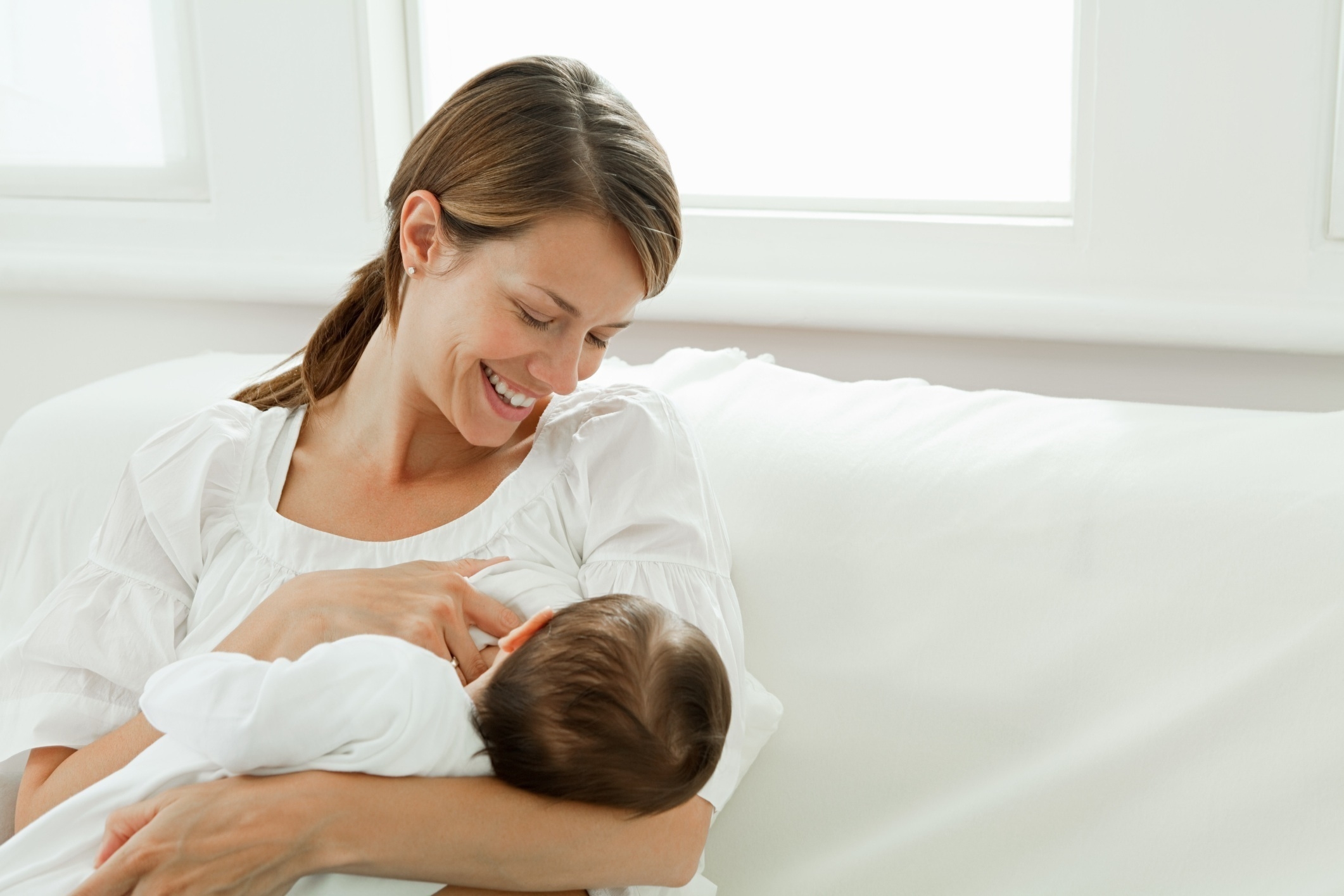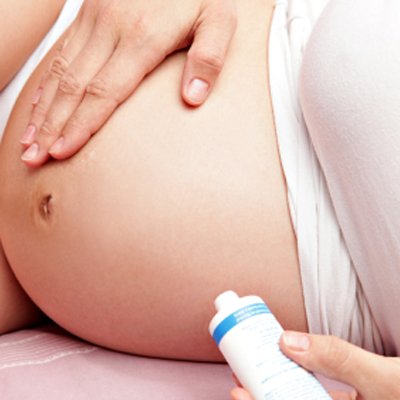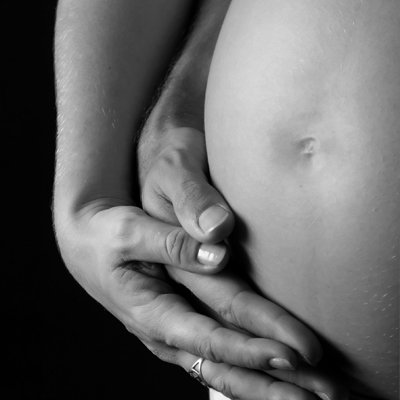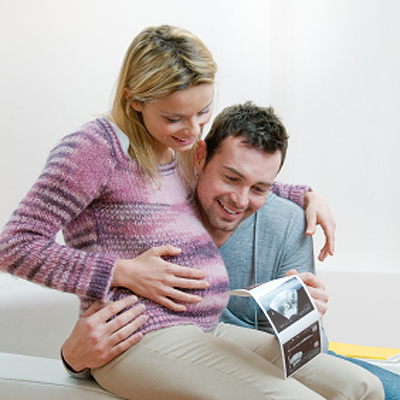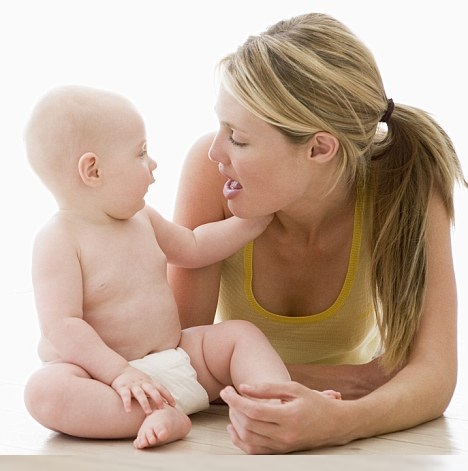Hot Topic
Pregnancy & Flat Feet
Pregnant women during pregnancy must need to face a lot of physical and psychological changes. As the fetus grown up, body weight and blood volume increase, which will slows down blood circulation for mothers, causing swelling of ankles and legs will become increasingly apparent. In addition, during pregnancy the body will secrete a hormone to help relax the soft pelvic ligaments, adding to the long period of 10 months in pregnancy, having the soles of the feet maintain at a flat state can easily lead to flat feet. After giving birth most mothers will slowly recover, but there do have cases of lifelong flat feet. A great idea for pregnant mothers, they can choose a more comfortable arch support insoles, helping the feet to equally share the body weight.
The symptoms of flat feet usually start to appear in the first 2 weeks, if mothers find when placing the feet on the ground, arch disappeared, the inner side of the feet is more closer to the floor, cannot walk for too long, sore feet and sole, and knees start to ache, this may be symptoms of flat feet.
Registered physiotherapist points out that, in general, pregnant women usually wear slippers or loose shoes, casual shoes, to avoid discomfort caused by tight feet. However, the above types are mostly rubber-soled shoes designed little friction with the ground, also with the design can easily causing the body’s center of gravity to lean forward, which will lead to gait disturbance causing the risk of slipping. At the same time, in the later stage of pregnancy with the weight gain of about 10 kg, walking will immediately increase the burden on the feet. Thin soles in the slippers or casual shoes, due to these thin soles layers will not absorbed the shock of walking; resulting in greater pressure on the feet and even knees, with long period of time can cause persistent knee pain. Therapist suggested that pregnant women can do more foot exercise and to choose the right design of shoes and sole, this will help secure and protect the health of both pregnant women and her fetus.
|
|






